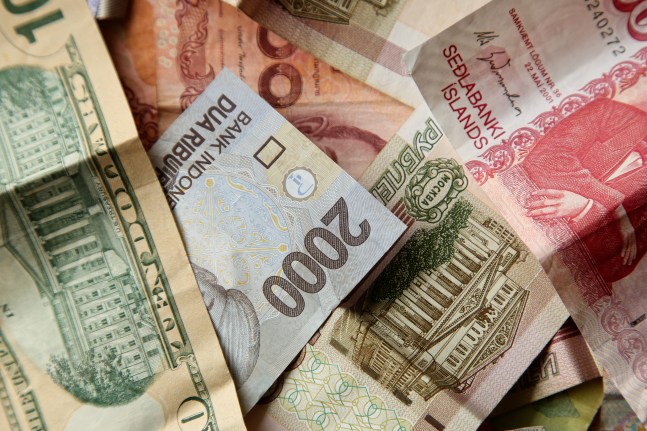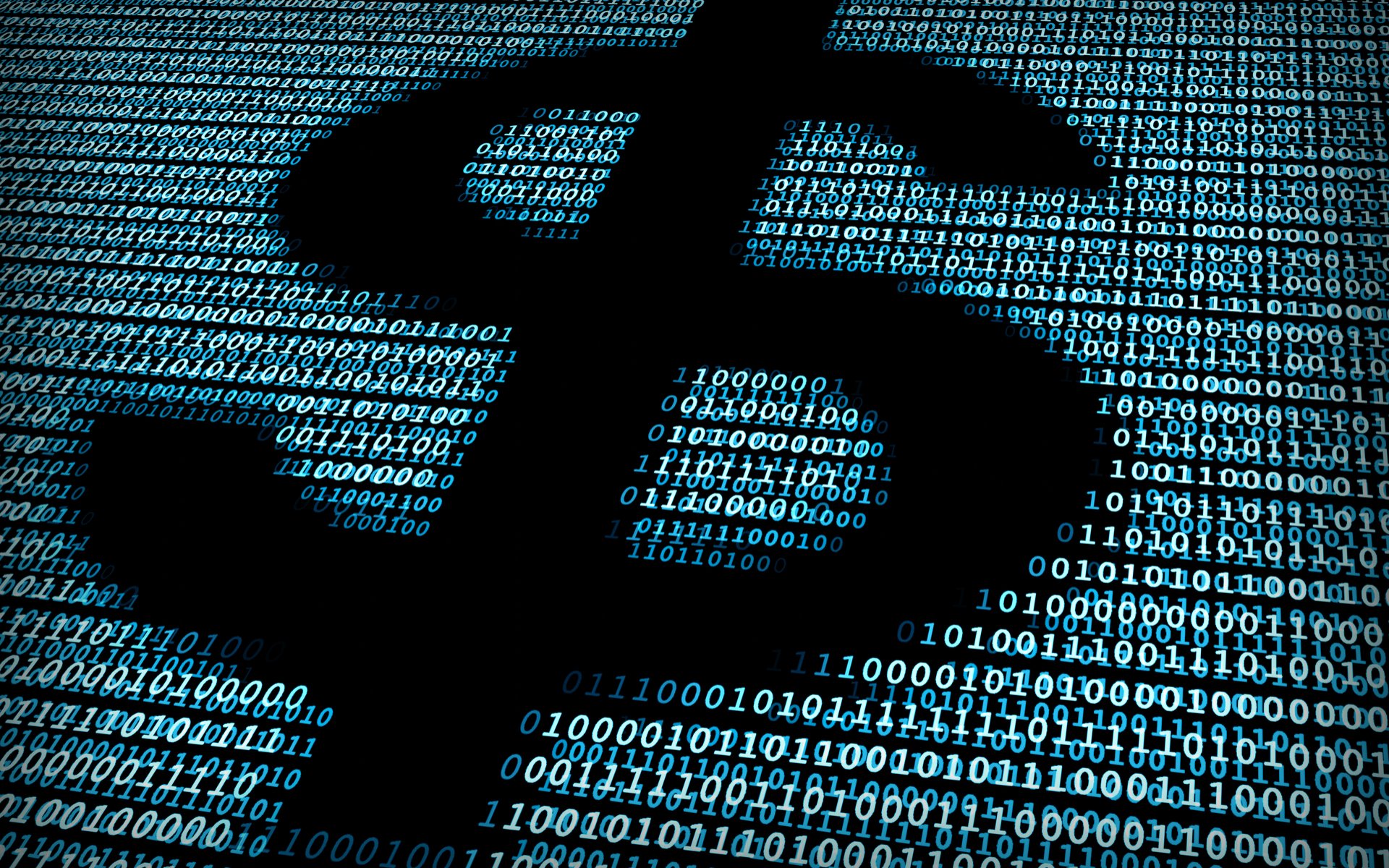
There has been much discussion lately regarding so-called stablecoins. But are they really the answer to the general instability of many cryptocurrencies? A recent article in The Guardian suggests that they may ultimately be flawed.
‘Stable’ Coins
The price of Bitcoin [coin_price] and other conventional cryptocurrencies can vary by the hour, making them unsuitable as units of account. Whilst many retailers may accept payment in cryptocurrency, nobody in their right mind would price things directly in Bitcoin due to the fluctuating prices.
Enter stablecoins — offering all the benefits of cryptocurrency, without the awkward instability in value. Since the birth of Tether, there have been a raft of these stablecoins coming to market, all pegged to the dollar, euro, or some other national fiat currency.
Some believe that these are the savior of crypto — including Charlie Shrem, who heaps praise on the Winklevii’s latest offering, Gemini Dollar. Others are not so sure of their credibility.
https://twitter.com/stephendpalley/status/1039862724296105986
Fully Collateralized
Some stablecoins are fully collateralized, meaning they are backed by an equivalent amount of fiat currency, held in reserve. Tether is one such coin, pegged to the value of the US Dollar. However, despite assurances that this is 100% backed, many still question the details of the situation.
Even if it is, there are a limited number of reasons why you would rather have Tether than the equivalent fiat. Without increasingly ‘legitimate’ motivations for having them, The Guardian article suggests that few governments would back them.
Still, US Regulators have just approved Gemini Dollars, making the currency only the second regulated stablecoin worldwide. It seems the jury is out on that one.

Partly or Un-Collateralized
Certain stablecoins are not fully collateralized, so operators hold only a fraction of their liability in reserve. This is the same way that most banks issue fiat currency, and one only has to look back ten years to see how that can pan out.
Any loss of confidence among investors leads to a mass exodus. Unable to cover the liability with the limited reserves, we would see the equivalent of a bank run. The peg then breaks down, decimating the value of the stablecoin.
Ultimately, we do need something to counter the price instability of Bitcoin [coin_price] et al. If there is an increase in cases for use, or if cryptocurrency becomes universally accepted as a method of payment, then perhaps stable coins will fill that role.
Experiments in national cryptocurrencies, such as those of the Marshall Islands, may well spur this on —as may the US approval and associated legitimacy of the Gemini Dollar.
Can stable coins fulfill their promise? We will have to wait and see.
What are your thoughts on the development of stablecoins? Don’t hesitate to let us know in the comments below.
Images courtesy of Shutterstock.


















